In today’s digital age—artificial intelligence (AI) has become a powerful tool—shaping how people perceive and understand the news. While AI can be used for good, it has also contributed to the spread of misinformation, especially during crises. The recent California wildfires are a prime example. As these devastating fires raged, countless images flooded the internet, capturing the destruction. However, not all of them were real. One of the most viral images—showing the Hollywood sign engulfed in flames—was entirely AI-generated. Despite its inaccuracy, many people believed it to be true, demonstrating how easily false information can spread in times of disaster. But beyond the misleading images, real questions remain: “How did these fires actually start? Can California be better prepared for them and what impact did these fires have on those who lived through them?”
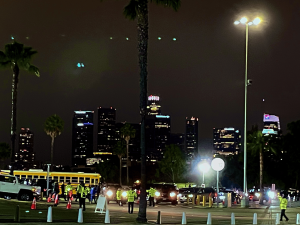
So, what is the truth behind the fires, and what other false information did the public believe? To start, the biggest question is: How did the fires start? Since the exact causes of these fires still elude officials, many wild theory’s have spread. Fortunately for me, I was able to get some firsthand thoughts on the topic from family members of mine who actually lived through these terrible fires.
James Torres (my uncle who lives in L.A.), when asked how he believed the fires started, responded with: “I believe the fires were primarily influenced by the weather conditions. At the time, California was experiencing a dry spell with little rainfall. The winds were extremely strong, reaching speeds of 80-100 mph, which is highly unusual. These conditions created the perfect environment for a wildfire to ignite and spread quickly.”
Weather conditions could definitely have been a very important factor in how these fires started, but Cyntia Vazquez (his girlfriend, who also lives in L.A.) thought otherwise: “I believe that the cause of the fires was simultaneously ignited by broken power lines due to the weather and/or by a group of individuals. The timing of both fires seemed too much of a coincidence for just natural causes.”
Both are good theories on how these fires started, but as of right now, it is still under investigation. It could possibly even be a combination of all these factors. Forbes in a recent article interviewed Dominic Choi, the assistant Los Angeles police chief. Choi said that “officials are investigating every angle and not ruling out arson as the cause of either of the major fires”, but he added there is “no definitive determination that it is arson.” So as of now all possibilities are still being considered as the investigation continues. California has also been notorious for its problems with fires due to the dry weather, among other factors. In a BBC article, they state, “decades of drought in California were followed by extremely heavy rainfall for two years in 2022 and 2023, but that then flipped again to very dry conditions in the autumn and winter of 2024.” So the conditions unfortunately for L.A. become perfect for wildfires to thrive.
Another unfortunate occurrence right before this disaster was the cuts made towards the funding for the Los Angeles fire department. As stated in the Los Angeles Times news article, “When Mayor Karen Bass unveiled her budget plan for 2024-25, she called for a 2.7% reduction in spending at the Los Angeles Fire Department. Her proposal, unveiled in April, sought $23 million in cuts to the department, with much of it focused on reduced equipment purchases.” The budget cuts played a major role in the whole catastrophe. The question is: after an event this big and destructive, will they be better prepared if this were to ever happen again?
James Torres: “I believe California can be better prepared, provided they don’t reduce funding for public fire departments, as they did previously. This funding is crucial for maintaining effective firefighting resources. Furthermore, the public has become more educated on fire prevention and risk reduction, which will help mitigate the impact of future fires.”
On the other hand, Cyntia Vazquez had a different perspective:
“Unfortunately, I do not believe that California will be better prepared for future fires. There have been a lot of other fires before, and no drastic changes have been made. With the Palisades Fire and Eaton Fire, there were very few homes that miraculously survived—either by chance or by some homeowners taking anticipated actions.”
Whether or not the state of California will be better prepared for an event this large again remains to be seen, but one can only hope, as this was a devastating loss to thousands of residents in California, specifically in the Los Angeles region.
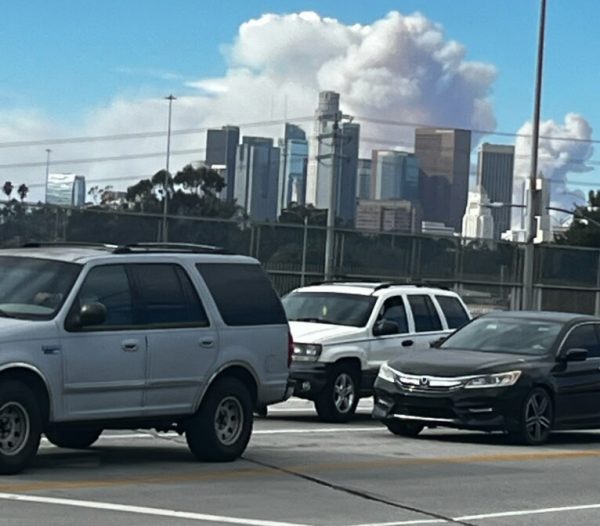
Most of us have probably seen the impact on the people living in L.A. online, but now hear the firsthand account of someone who lives a mere 15 minutes away from the epidemic of these fires.
“Last year, I often drove to Altadena and Pasadena schools for work, as I am a substitute teacher. It felt unreal and terrifying seeing how far the fires reached those schools. Once the Eaton Fire expanded, news outlets started announcing the school districts that would be temporarily closing. I live in Alhambra, so all of the schools that I would go to for work were closed in the next few days. This brought double the impact financially for me since I was not able to work weeks prior due to illness.”
Cyntia Vazquez explains how the unfortunate timing of her being ill along with the fires greatly impacted her work, as the schools were being temporarily closed due to the debris from these fires that could have potentially harmed their lungs.
When asked where he was when he heard about the first fires starting? James Torres replied:
“At the time the first fire started, I was at work. However, I soon left to go to my girlfriend’s house to help her prepare for the ash fallout. Her window AC unit had a leak, allowing the ash to enter the house. Since she was recovering from an illness, I wanted to ensure she stayed inside and avoided exposure to the ash, which could further harm her lungs.”
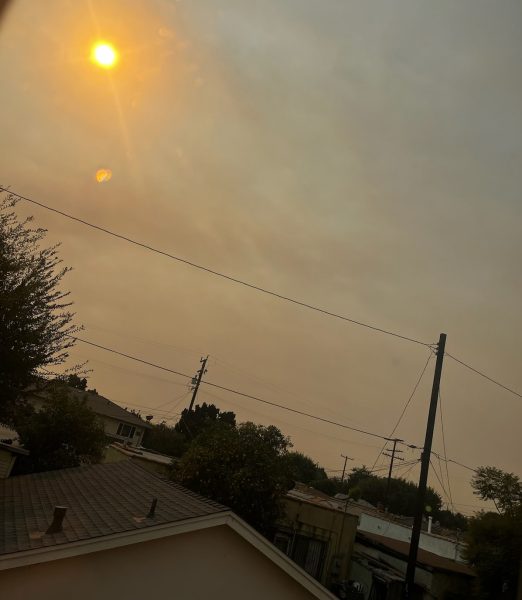
James Torres was a prime example of someone who was just going about their daily life and had to immediately rush home to make preparations for the disaster ahead. Thankfully, throughout all the chaos, their homes remained intact and they were not harmed in any way. However, many were not as fortunate, and for that, the hearts of all of America go out to the families majorly affected. We hope to never see an event that destructive again.
“People need to understand that it’s not just homes that are lost; it’s history, memories, and years of hard work to build a life. Many people also lost their lives, particularly those who couldn’t evacuate due to age or disability. In addition, families lost their beloved pets, who didn’t have the chance to escape due to the intensity of the fire and the barricades preventing access.” – James Torres
In these challenging times the city of L.A. and its people have stayed strong and together as one, efforts are underway to rebuild their great city to bring it back to its once former glory. However the loss endured from this tragedy can not be replaced and the lives lost will not be forgotten. As the fires burn out, and the rain finally pours in, the people will turn to their public officials, to see what went so horribly wrong, and how such a disaster can be prevented in the future. “Los Angeles, I love you. We love you. And we are with you.” —Andrew Whitworth, former Los Angeles Ram.
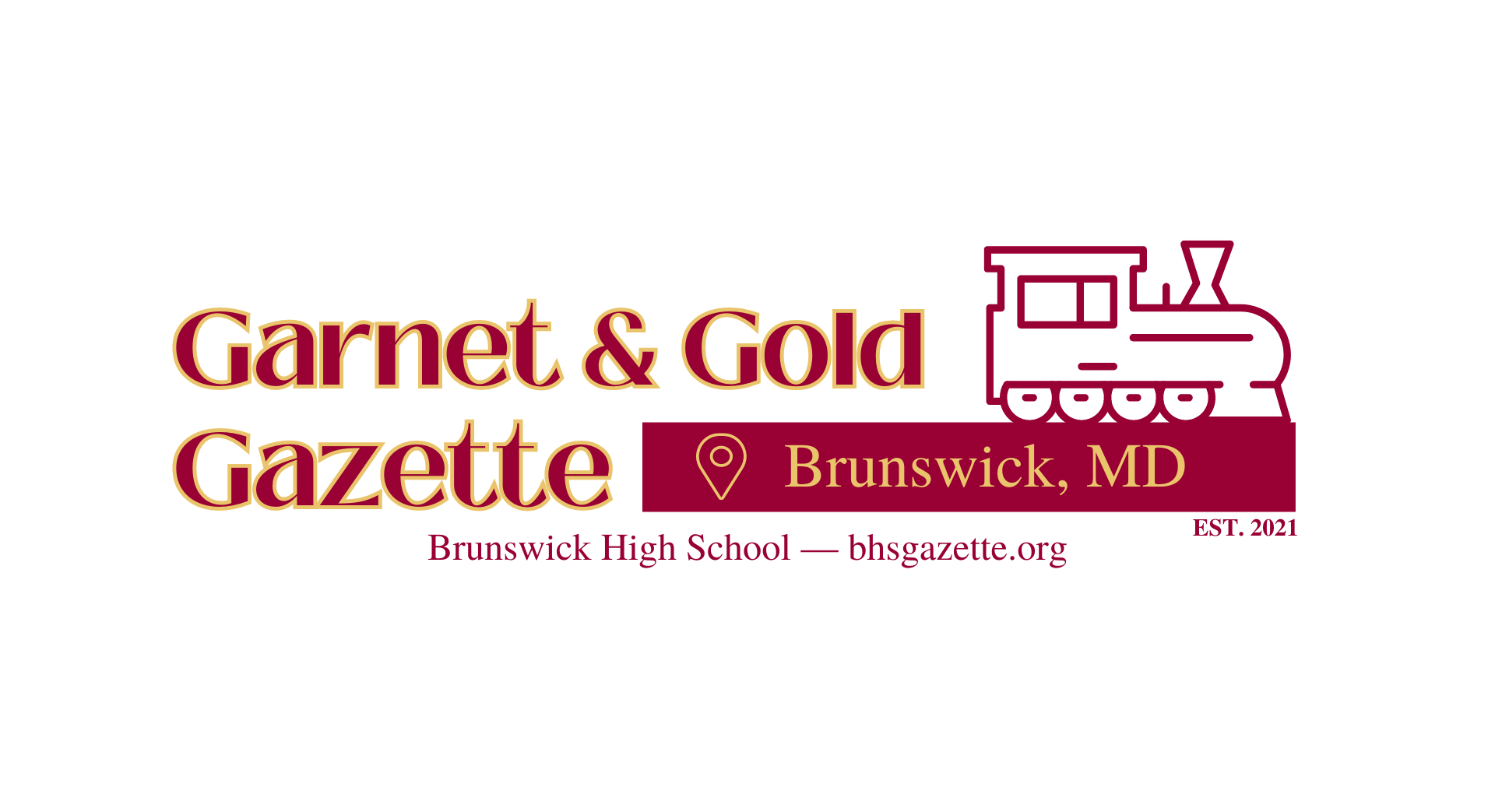

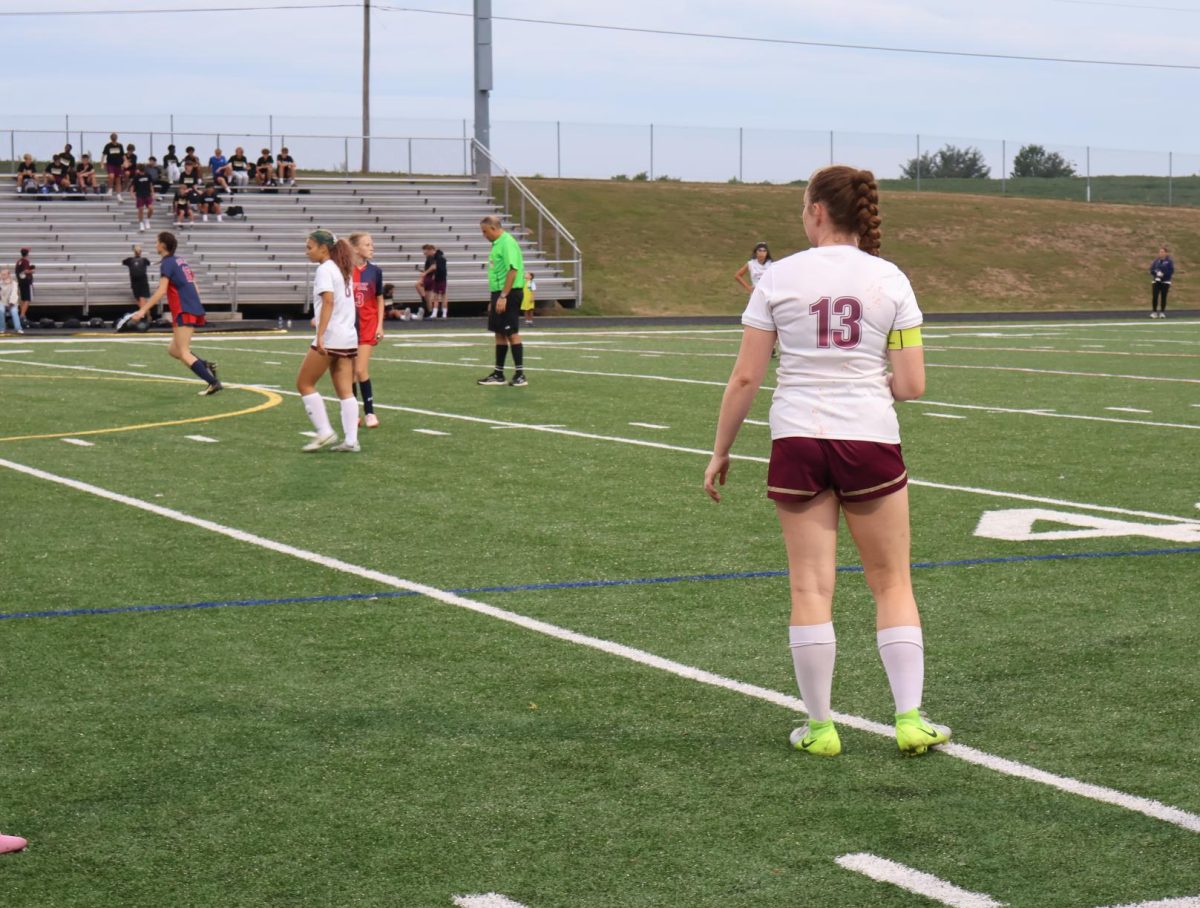
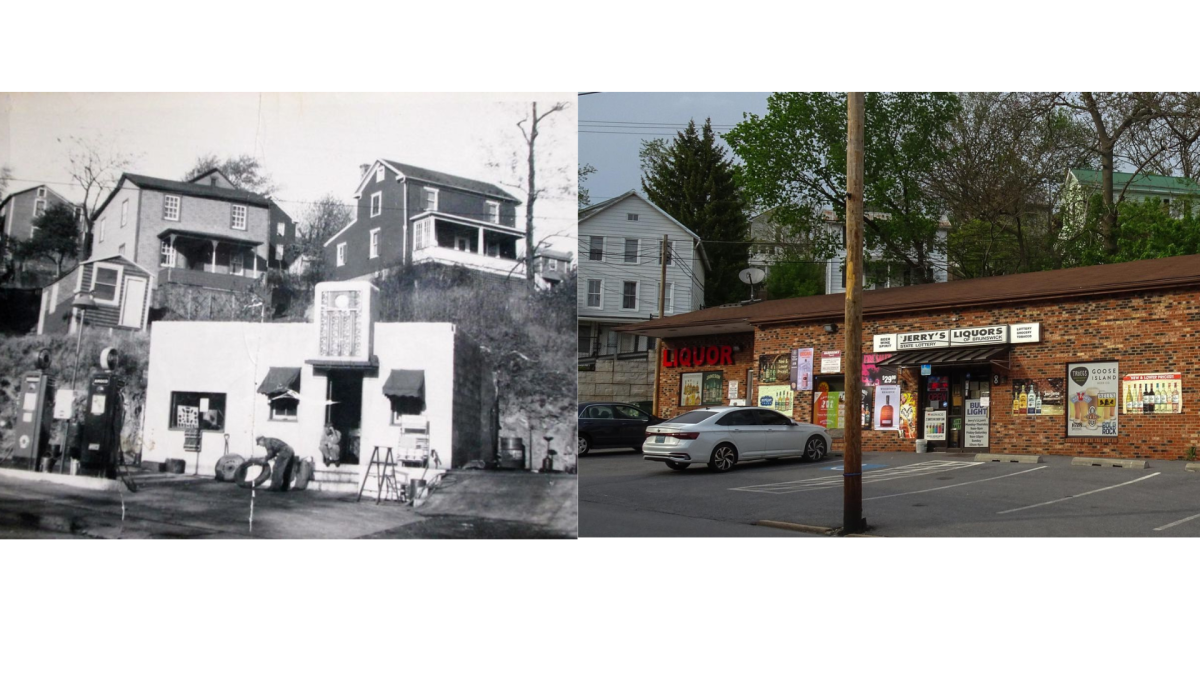
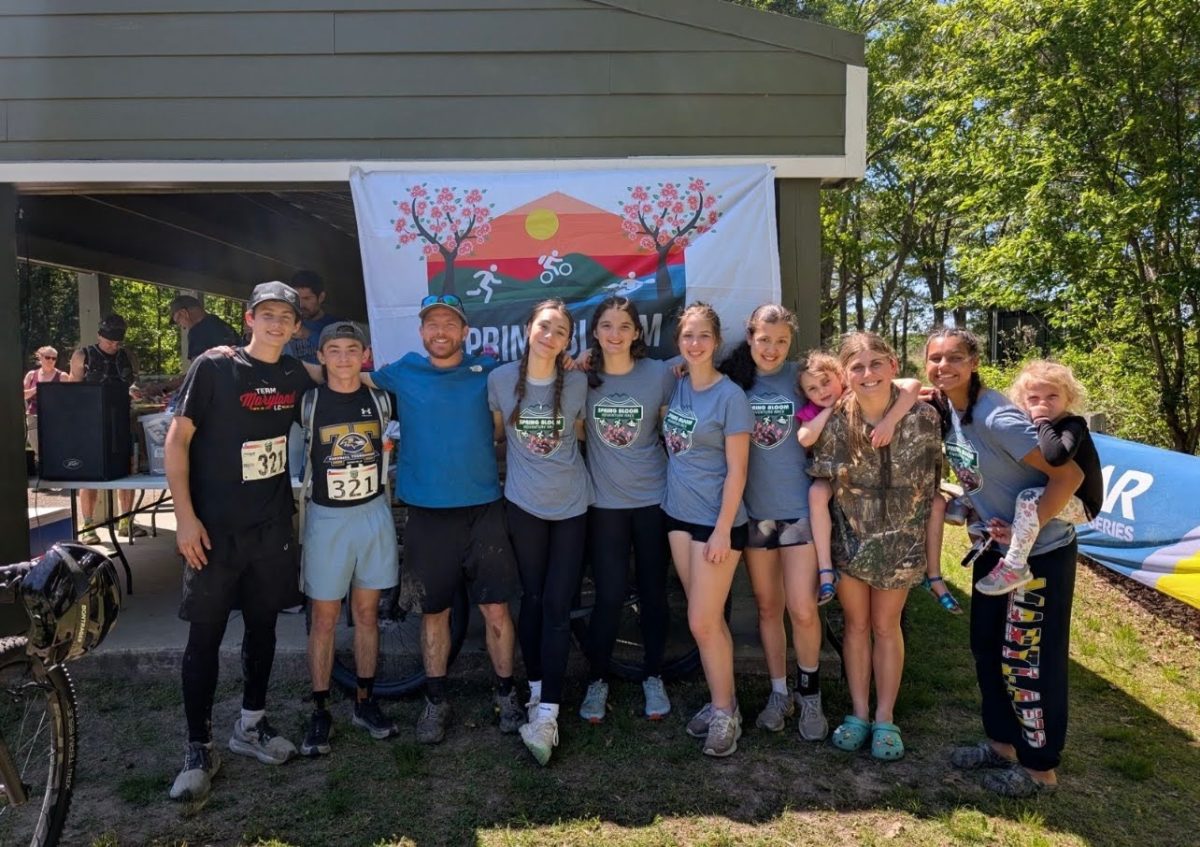
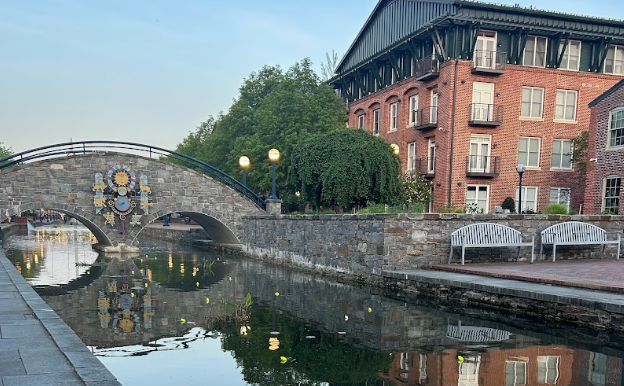
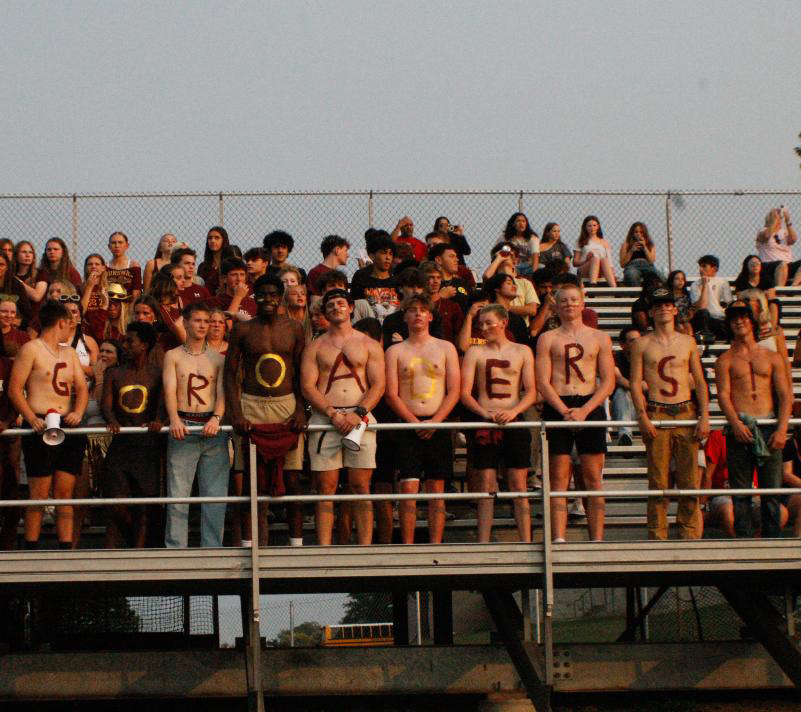
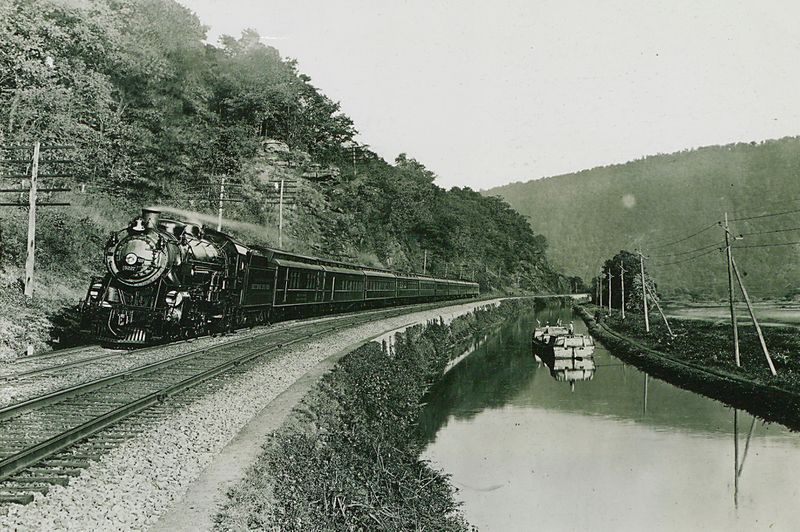

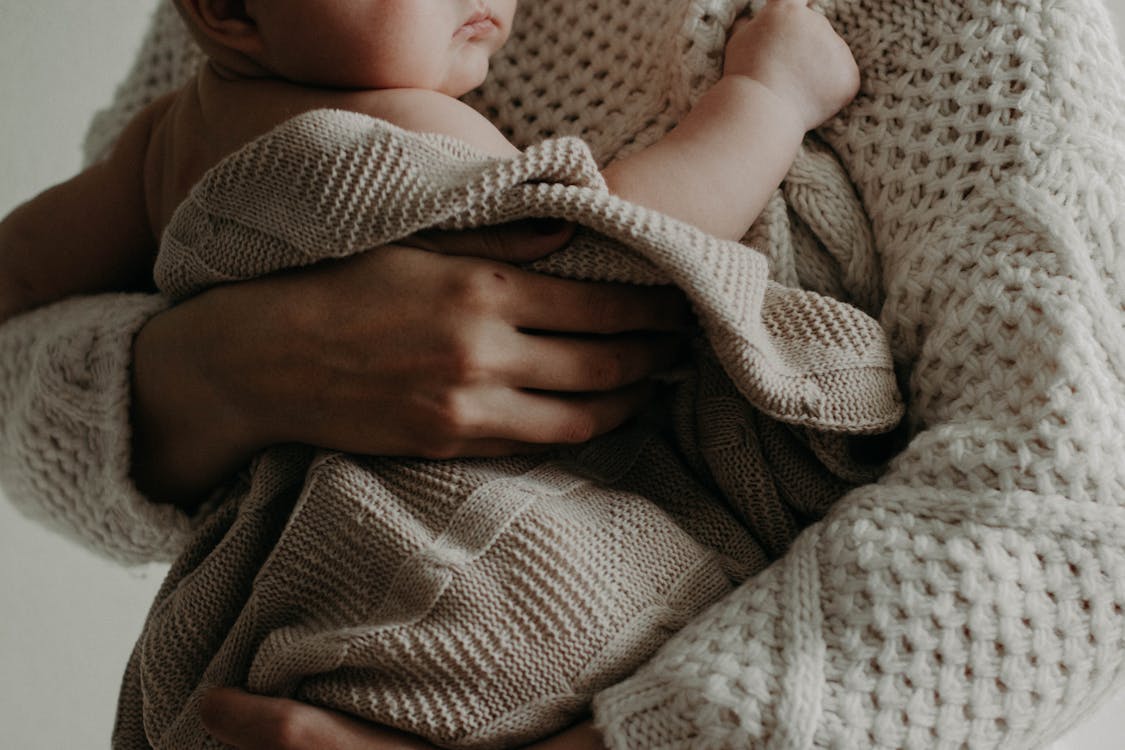


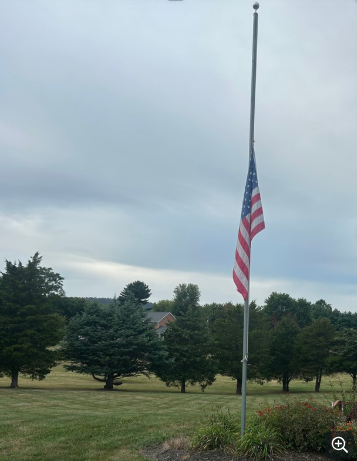
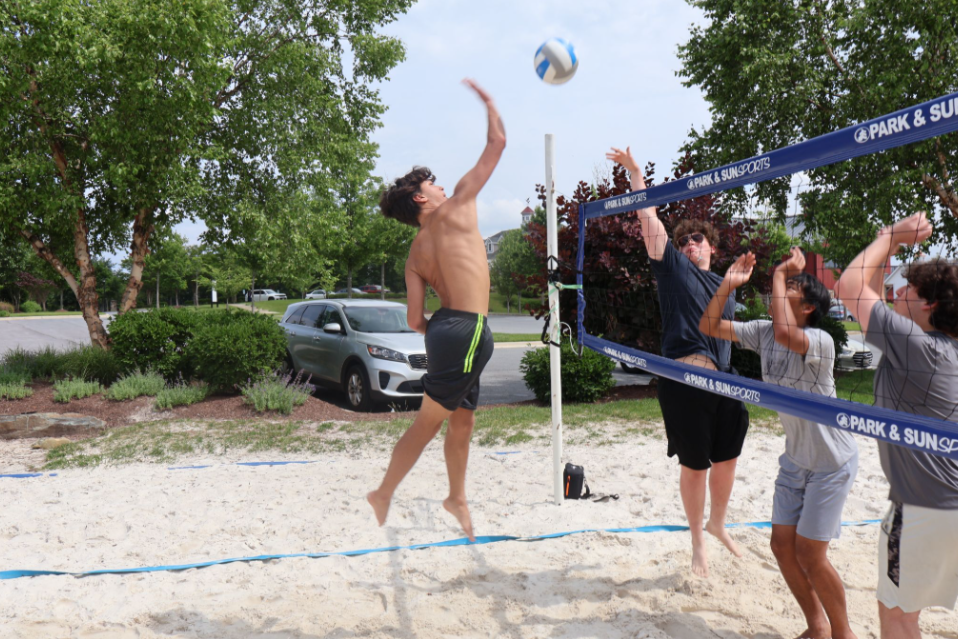
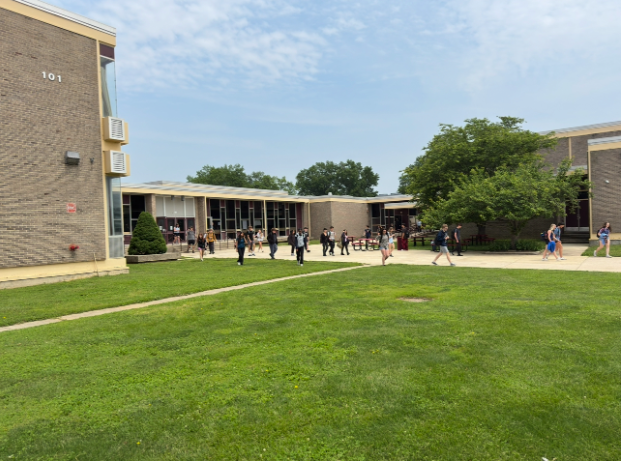
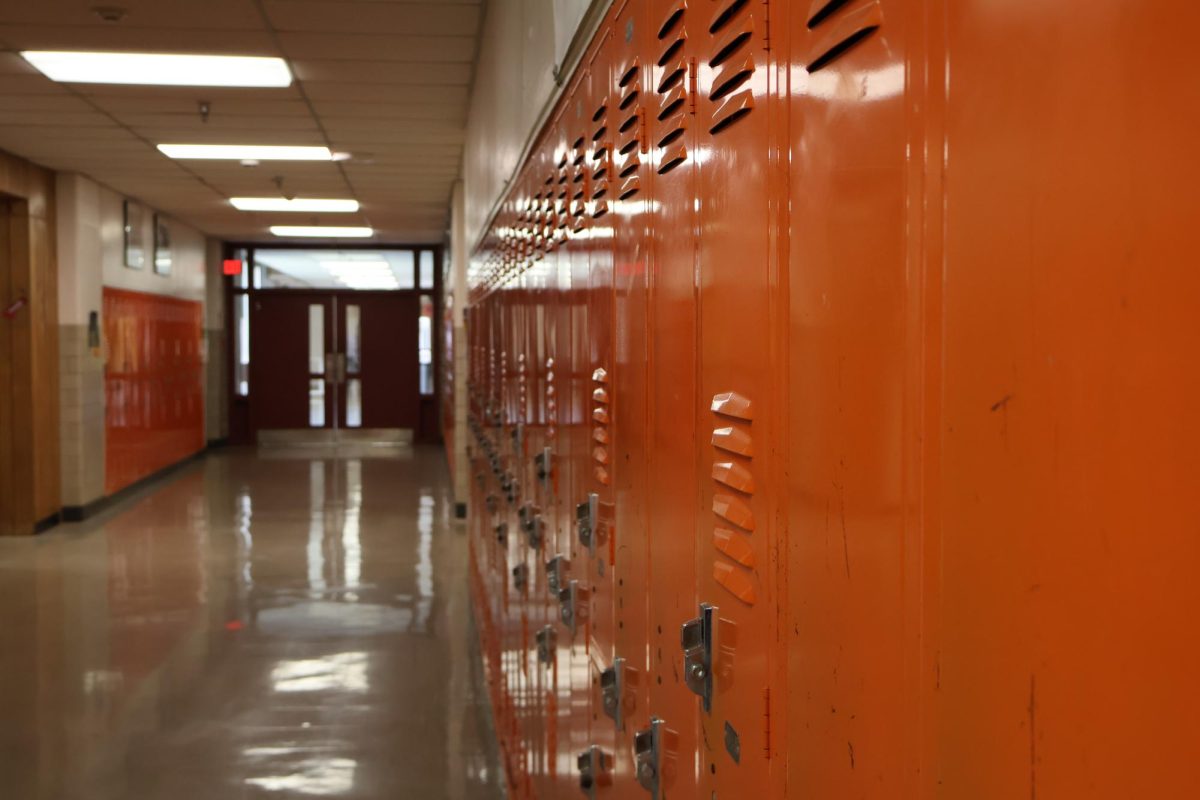

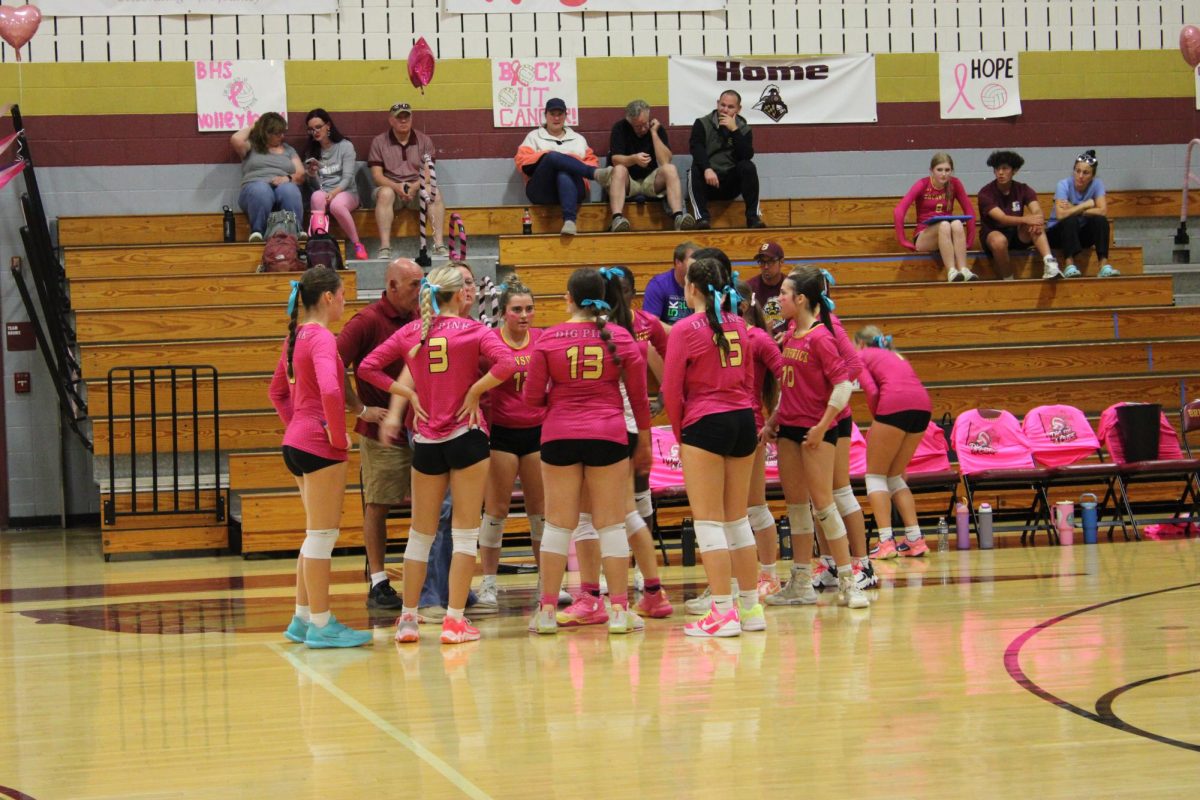
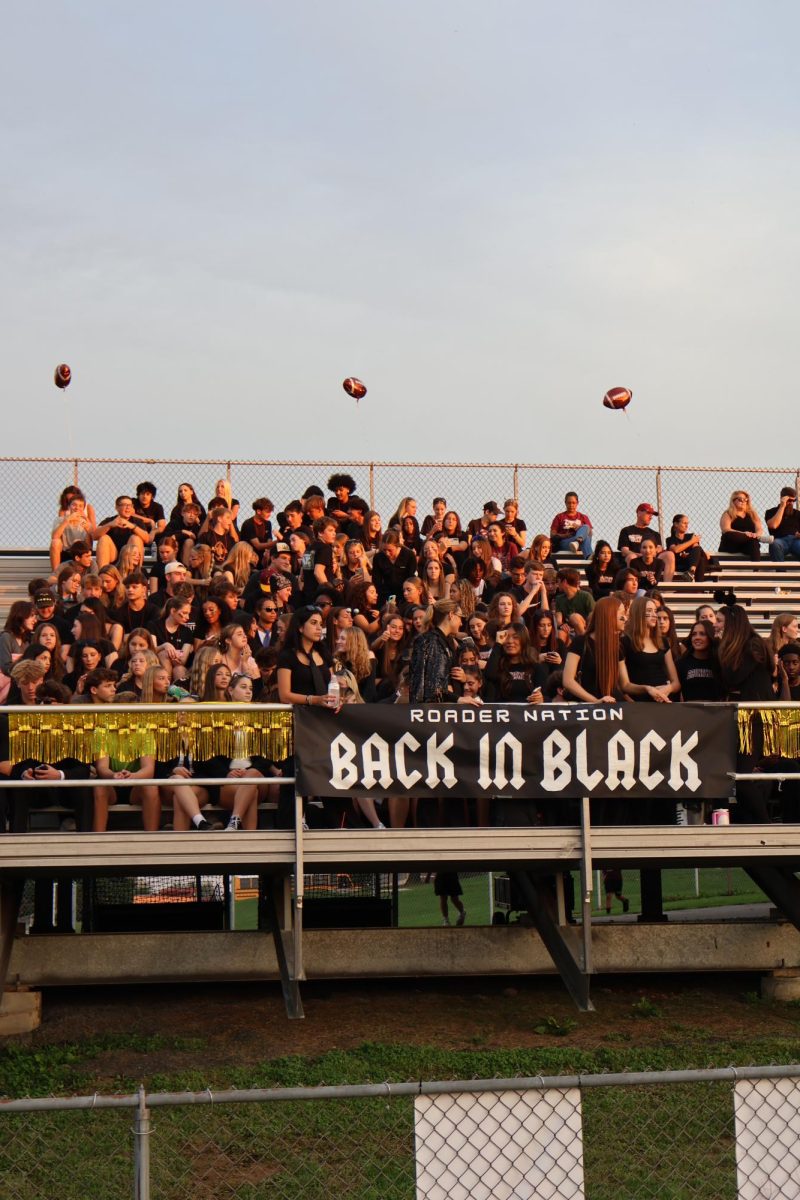
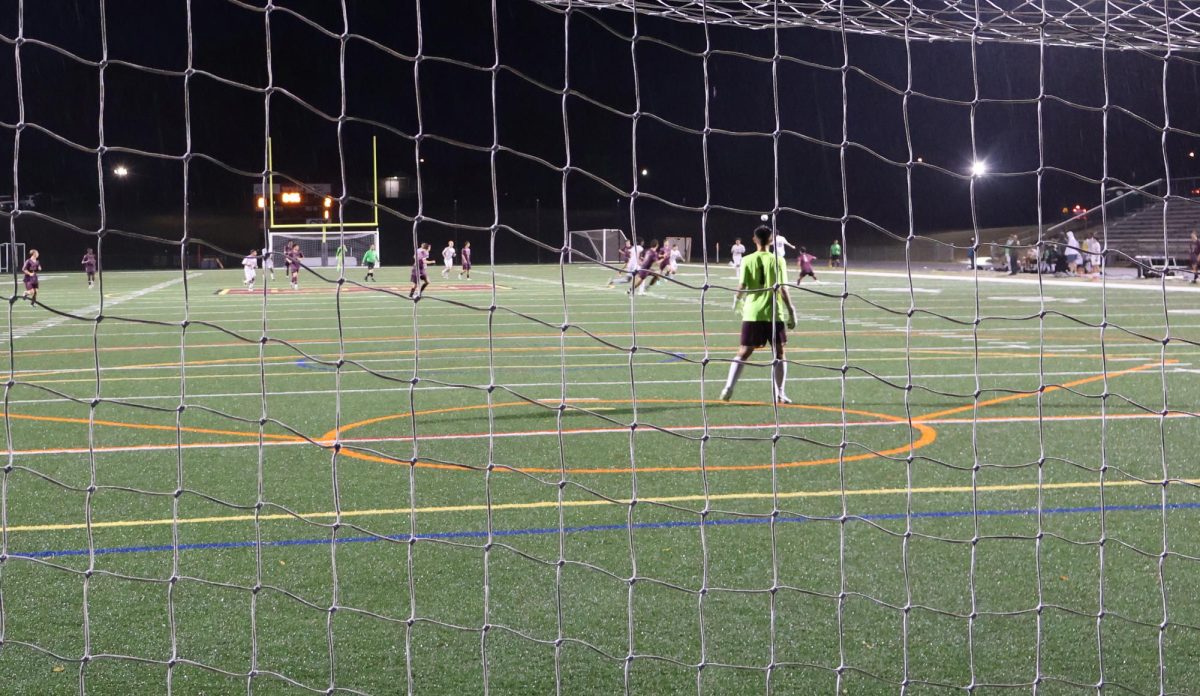
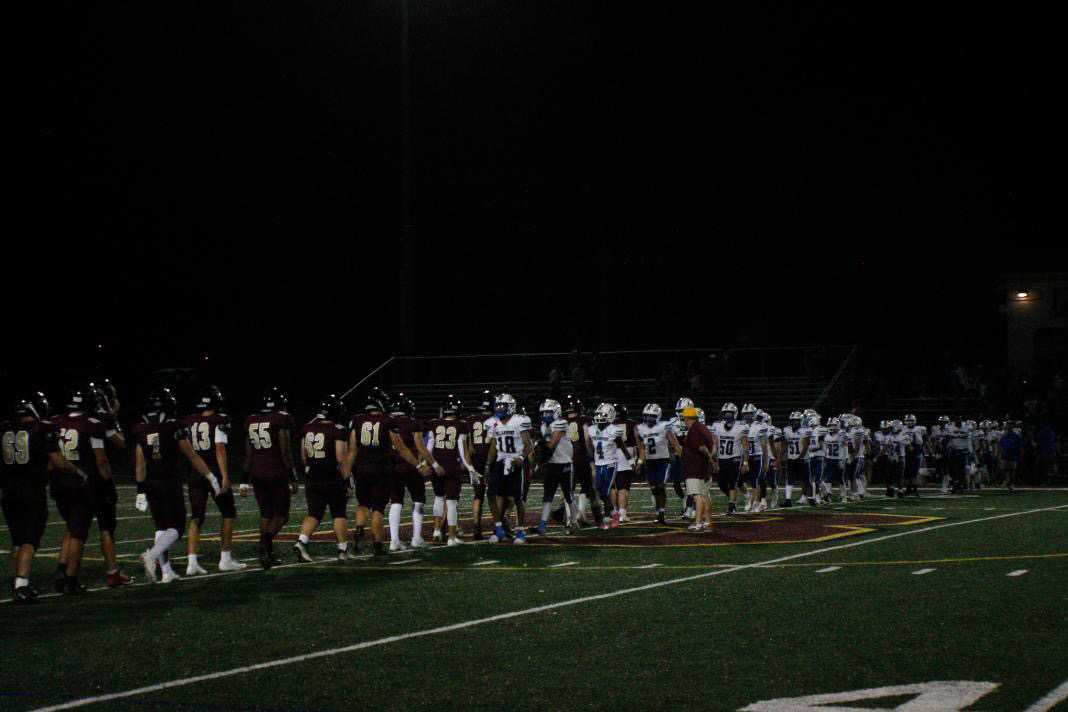
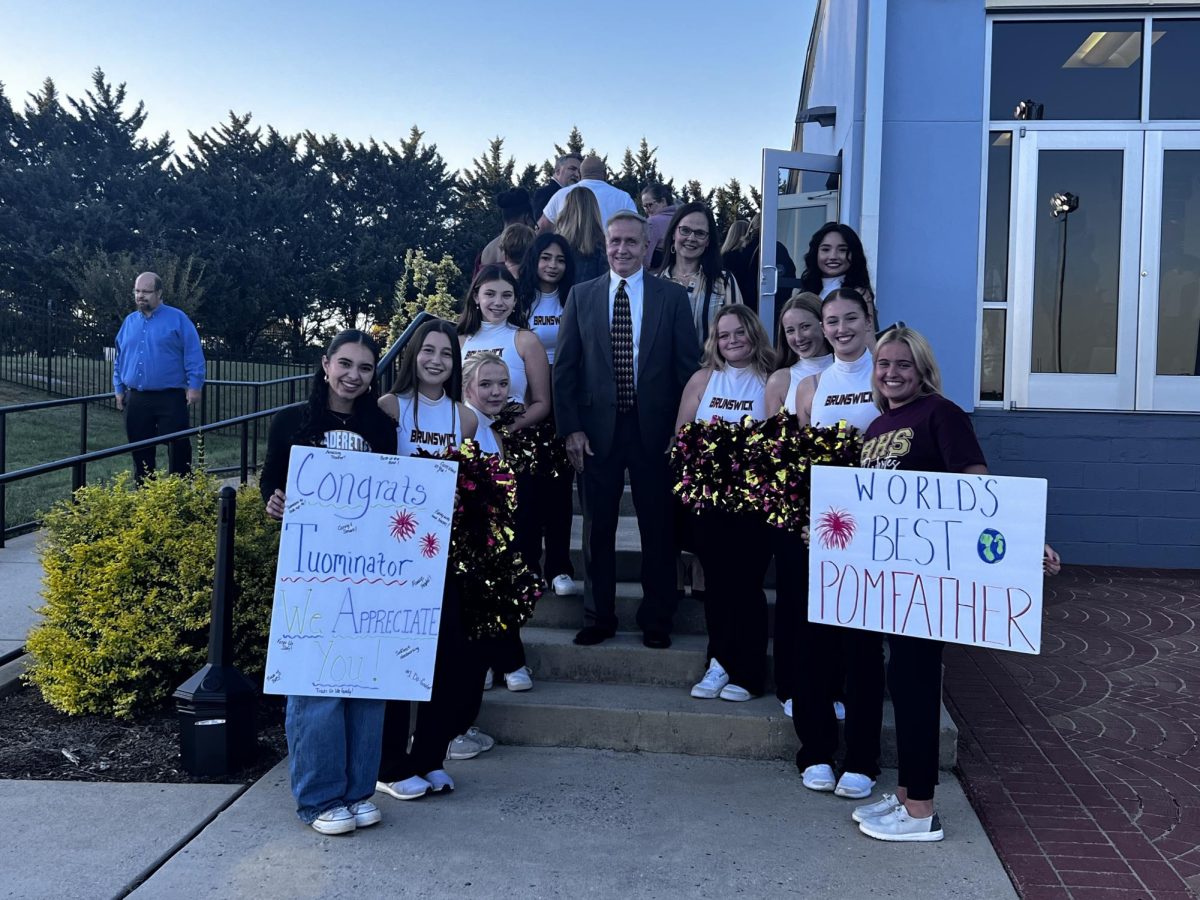

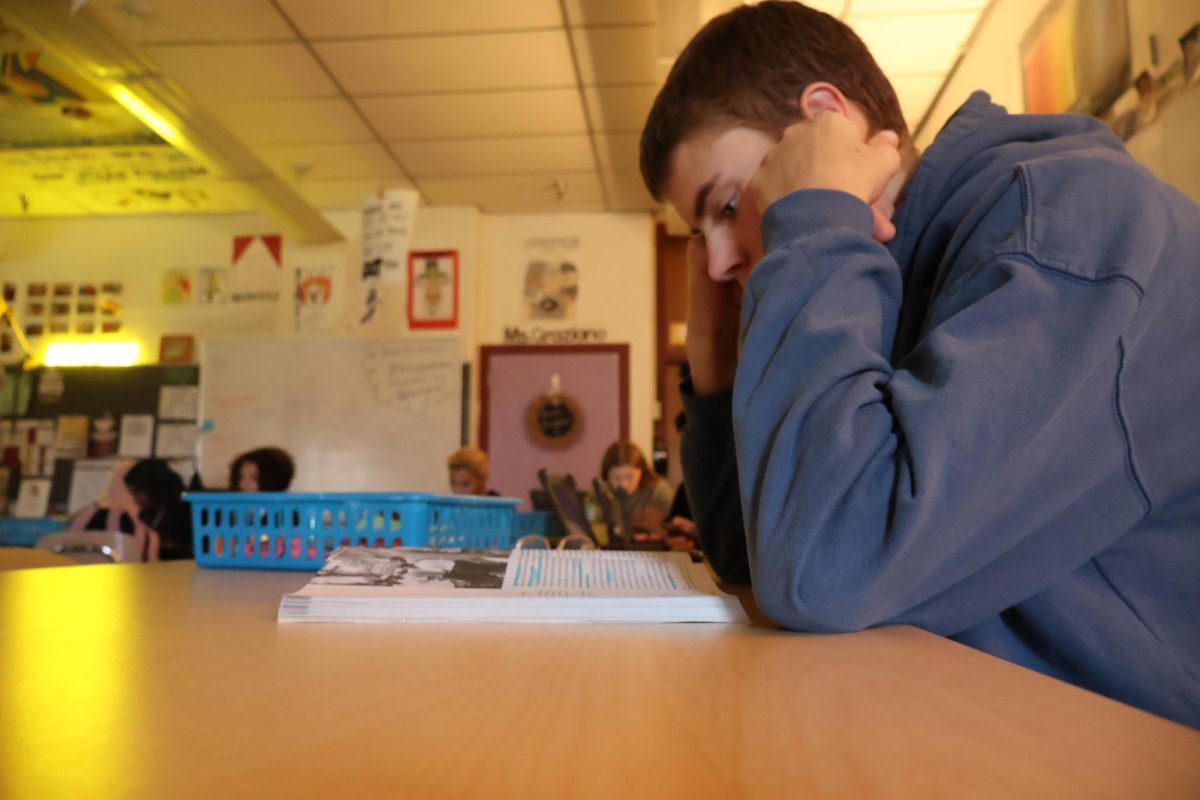
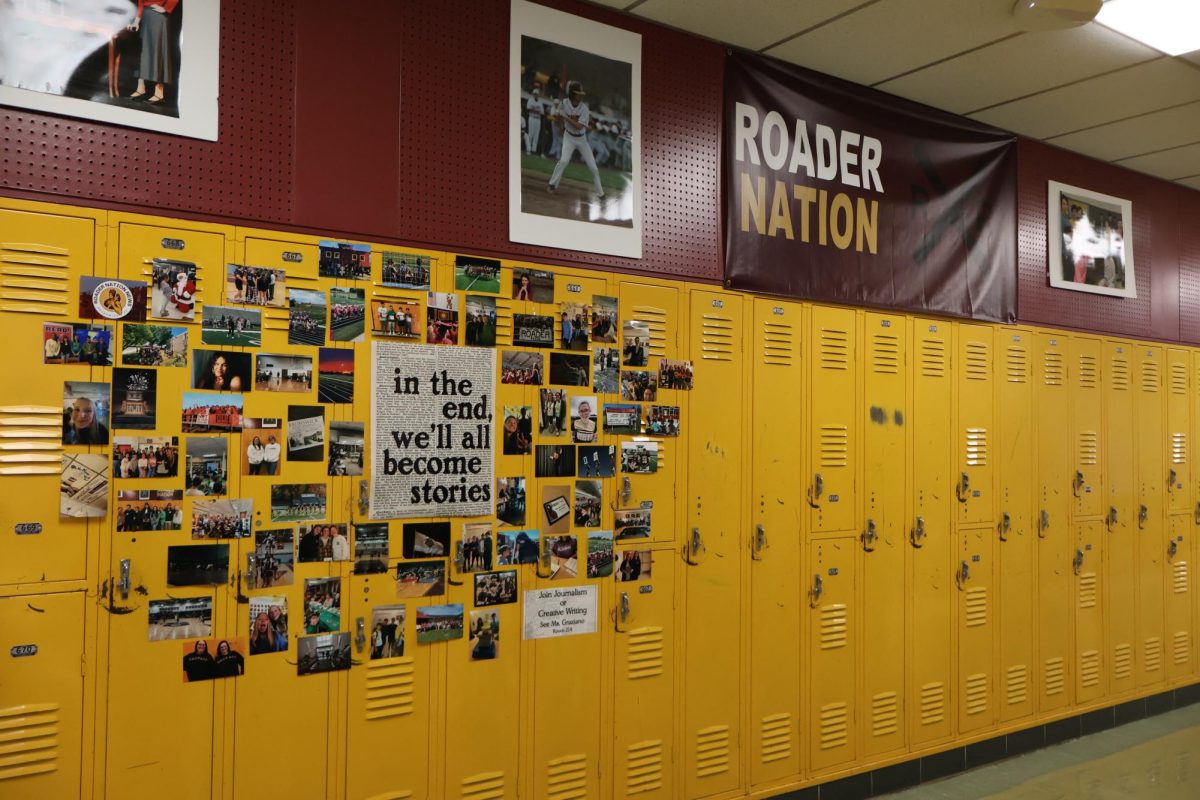
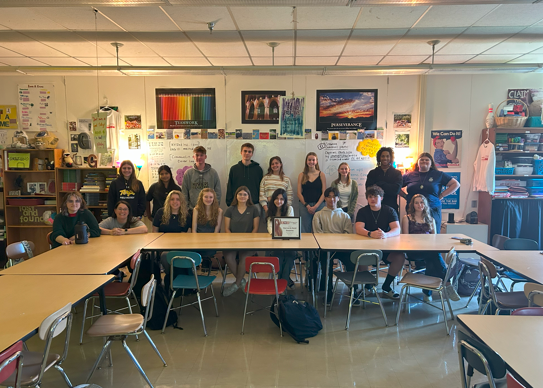
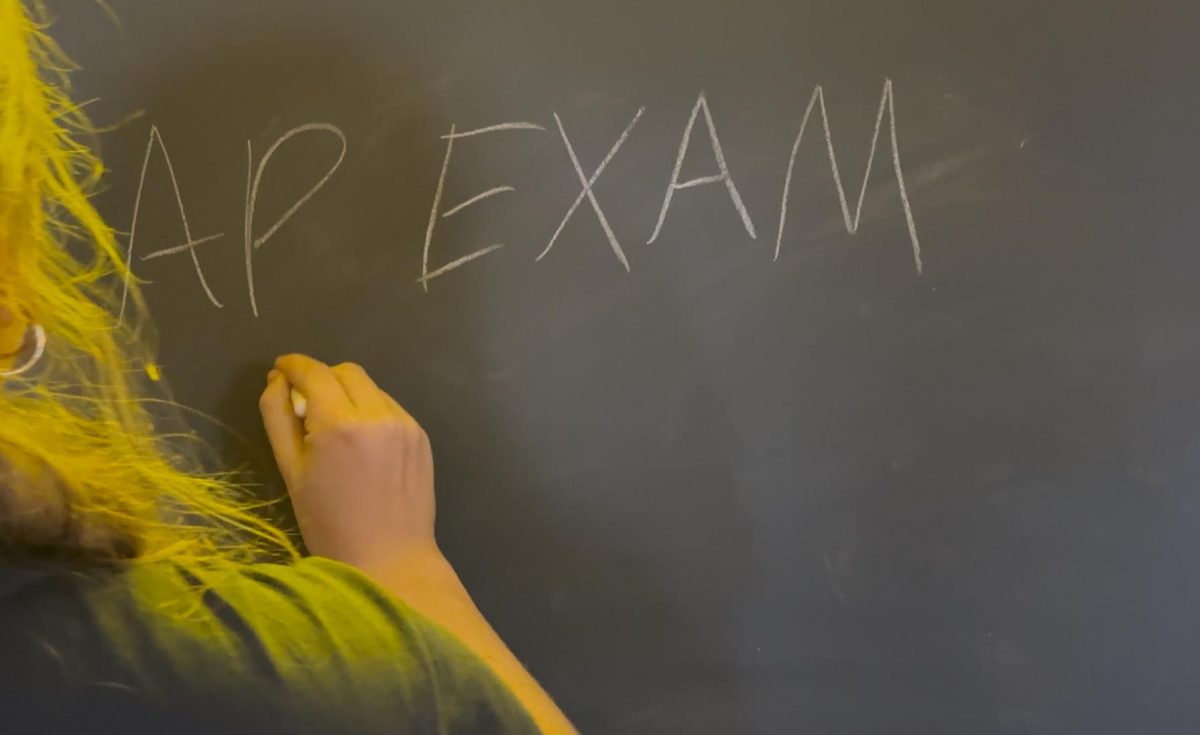
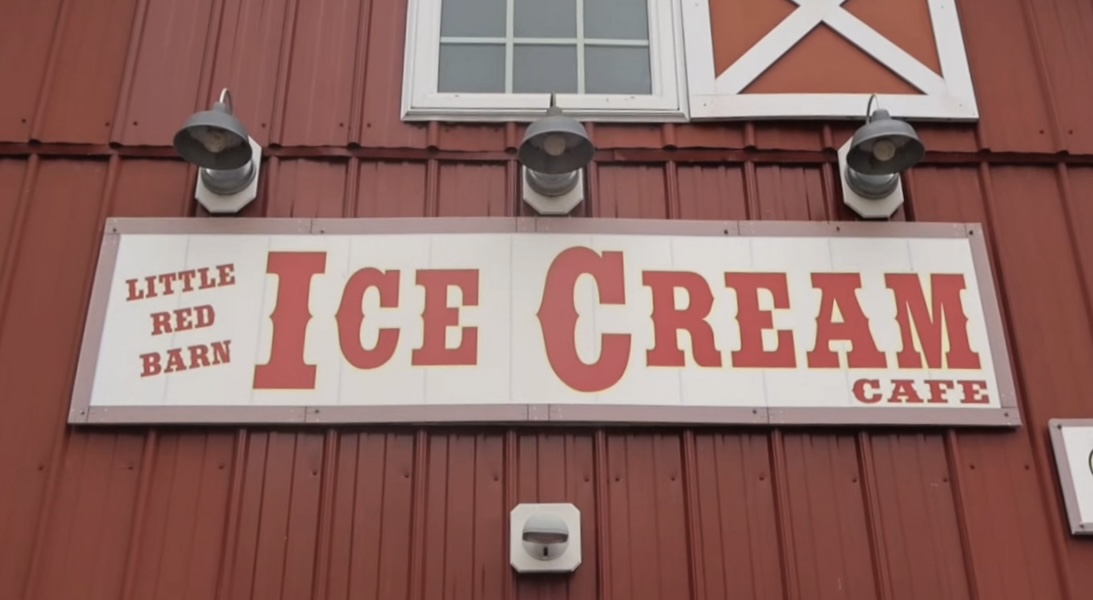



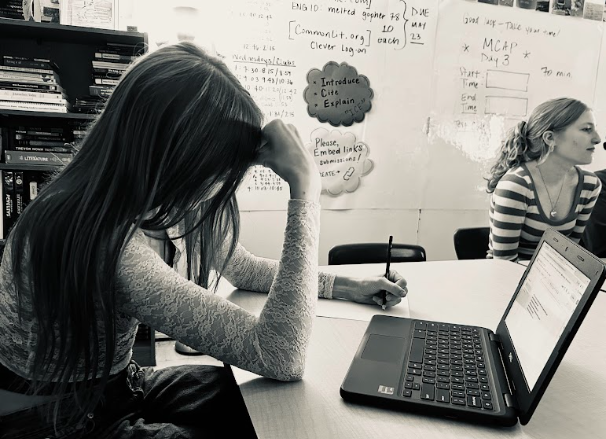
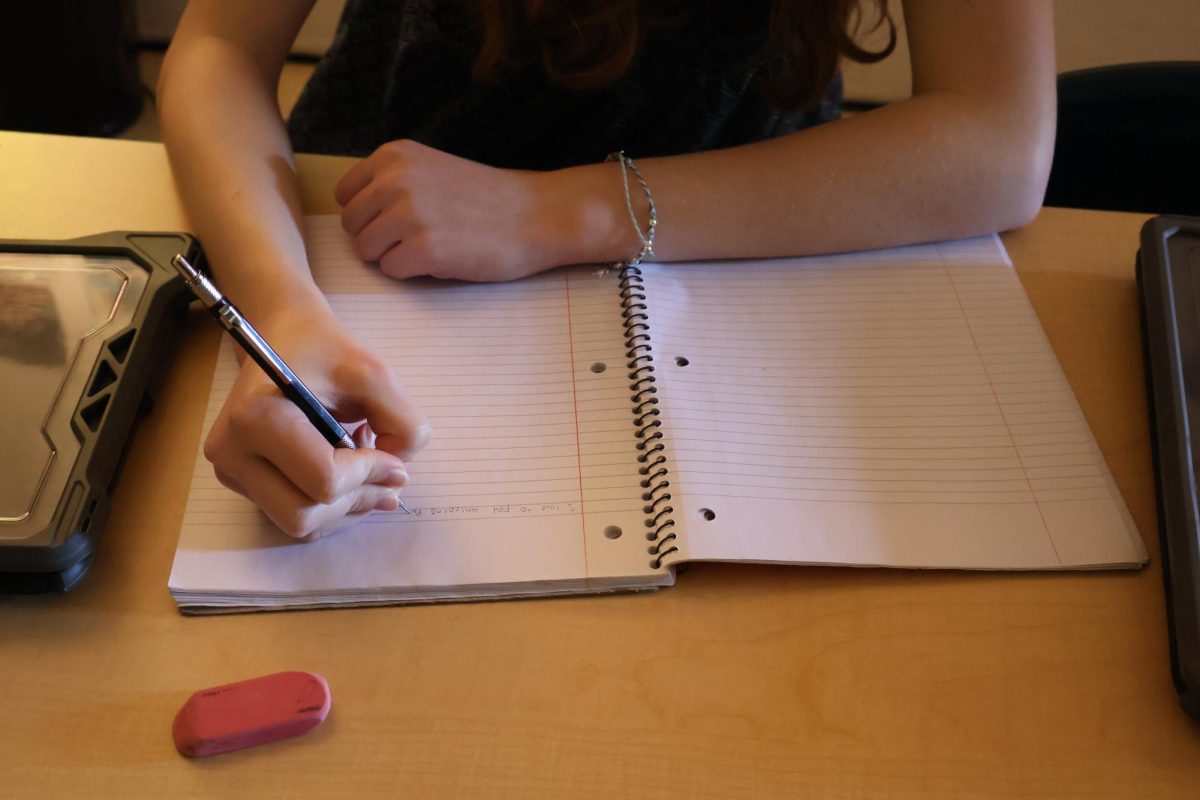
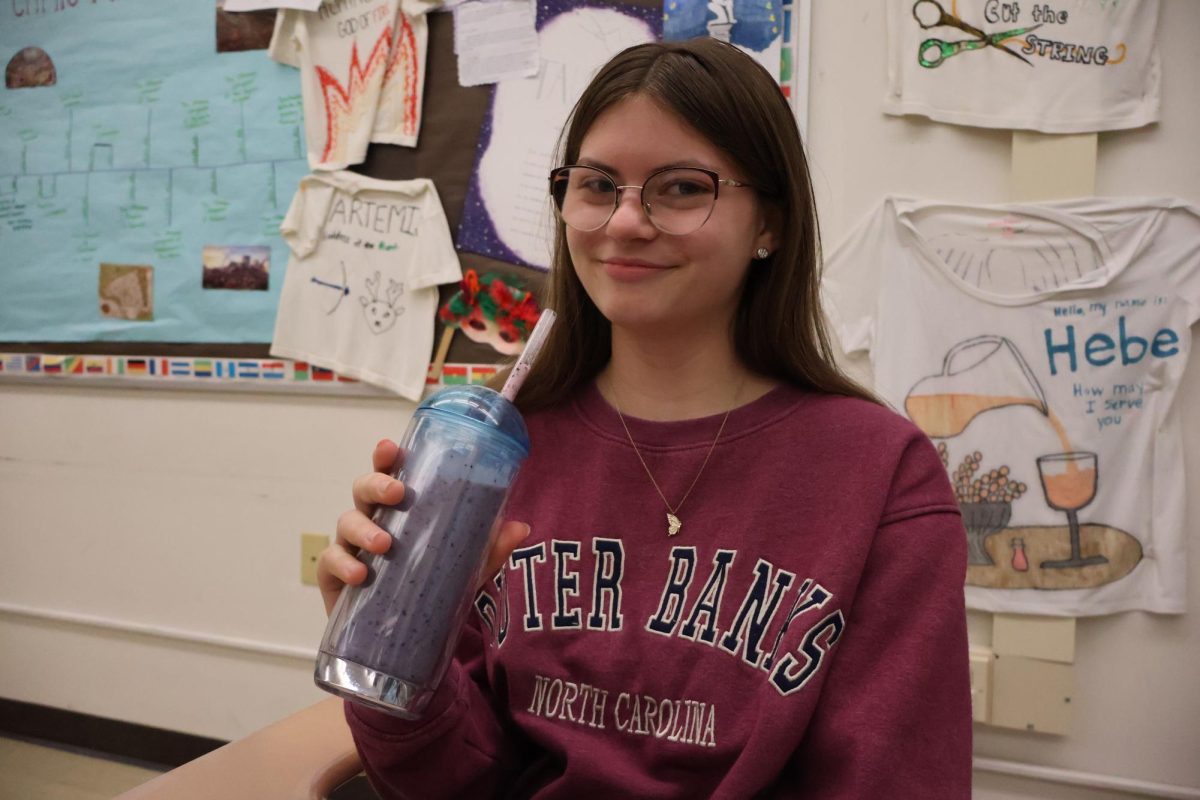
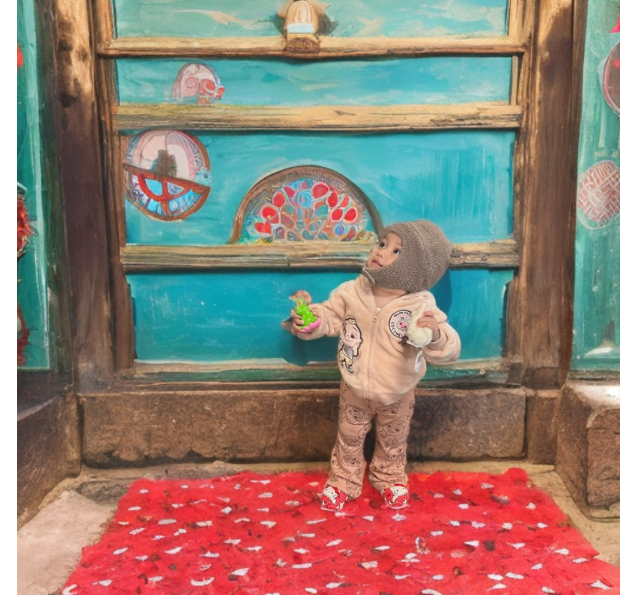
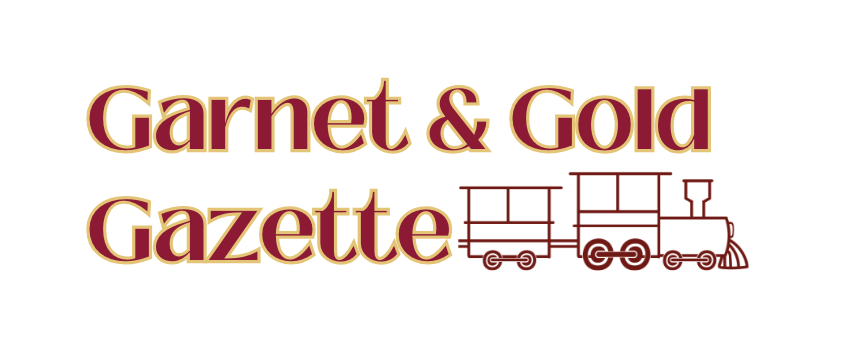
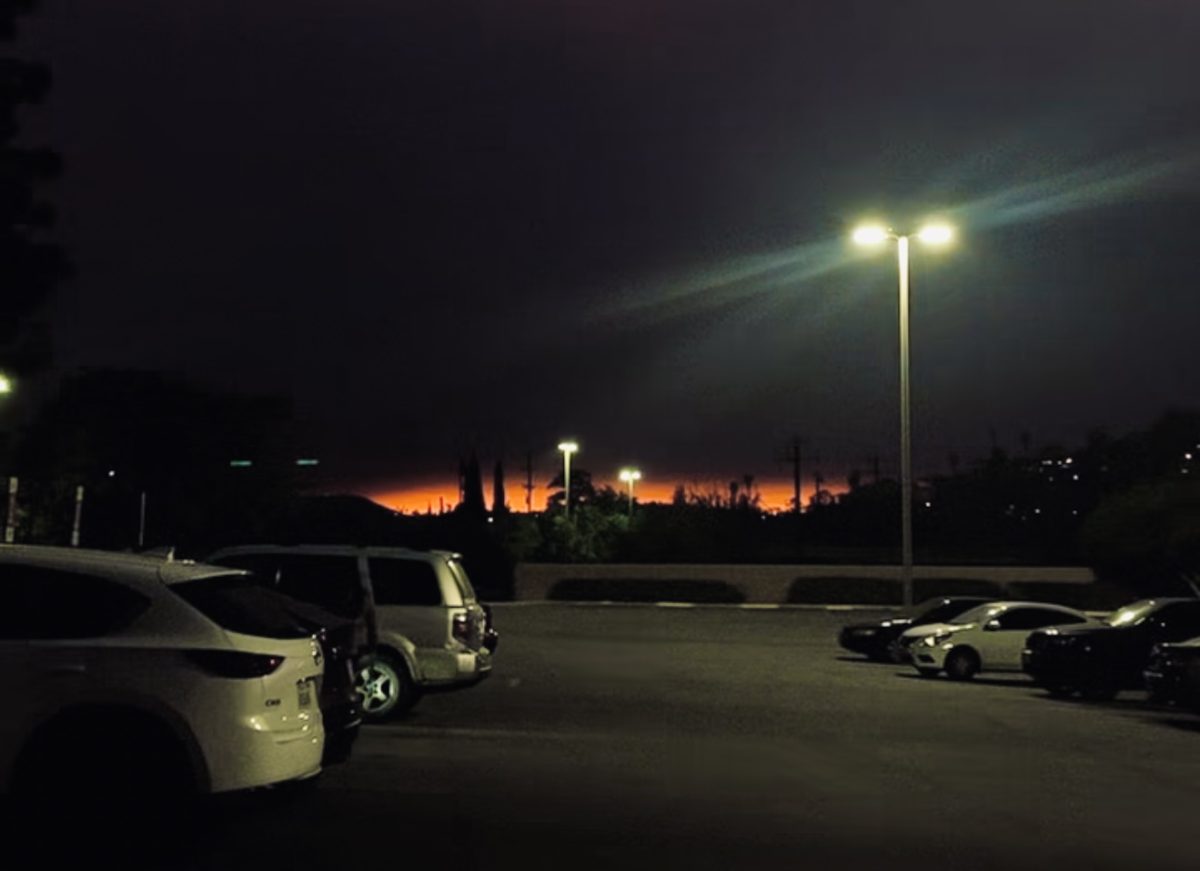
Steven • Feb 27, 2025 at 8:07 am
love how you put a lot of details into the text and great storytelling.
Mrs. Kowalski • Feb 25, 2025 at 11:22 am
I appreciate that locals impacted by the event are included in the investigation for this article.
Jeremy Bel • Feb 13, 2025 at 11:32 am
Phenomenal writing and storytelling!